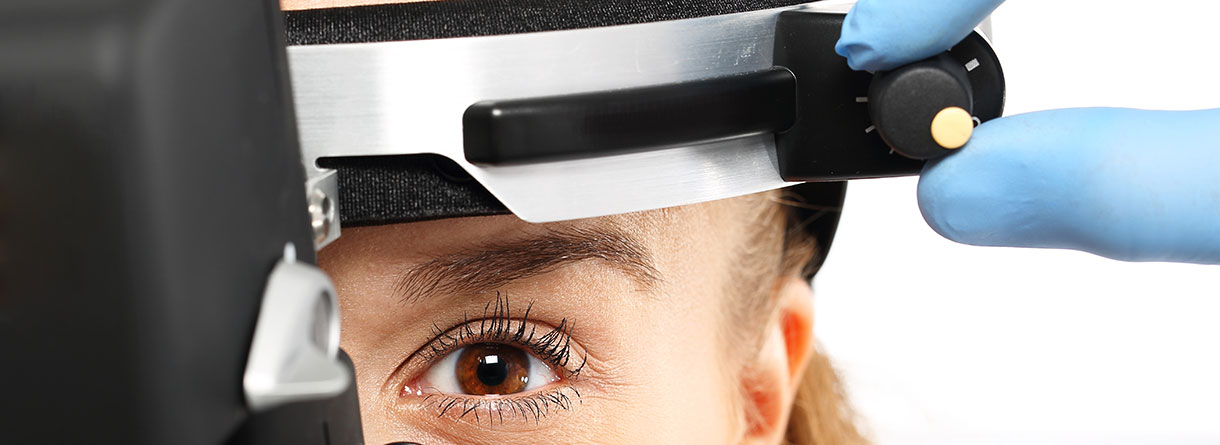Retinal Vein Occlusion (RVO)
| Definition | Retinal vein occlusion is a major retinal disease and the second most retinal vascular disorder after diabetic retinal disease. It is caused by occlusion of veins in the back of the eye. Depending on the location of the occluded vein, the disease can be divided into central retinal vein occlusion (CRVO) and branch retinal vein occlusion (BRVO). The pathogenesis of RVO is multifactorial while BRVO is mainly caused by a combination of three primary mechanisms: compression at the arteriovenous crossing of the vein, changes of the vessel walls and abnormal hematological factors. RVO can lead to fluid leakage and resulting in thickening of the retina (edema). According to the International Disease Consortium, the prevalence of RVO is about 5.2 per 1000 for any RVO (4.42 per 1000 for BRVO and 0.8 per 1000 for CRVO). |
|---|---|
| Clinical Symptoms | The clinical symptoms of the disease can range from blurry vision and metamorphopsia (blurred lines) or relative scotoma (field vision losses), depending on the severity of the leakage and the location of the vein occlusion. Typically, blurry vision Cystoid macular edema (CME) is the main cause of impaired vision and metamorphopsia. |
| Diagnosis and Examinations | To clarify the diagnosis basic technology such as fundus photography, fundus fluorescein angiography, spectral domain optical coherence tomography, visual field testing and full-field electroretinogram will be performed. BRVO and macular edema are usually easy to diagnose and classify. |
| Prevention and Treatment | The treatment of RVO is defined by three main columns: identification and treatment of risk factors, specific treatment of vascular occlusion and treatment of complications such as macular edema, retinal neovascularization, vitreous hemorrhage and traction retinal detachment. The main intention of all treatments is to remove the macular edema, before the foveal photoreceptor layer gets damaged. BRVO has relatively better vision outcome compared to CRVO, with 50-60% recovering vision to 20/40 or better without treatment. The first line treatment of CME consists in commonly used anti-VEGF drugs, which are in particular Avastin (Bevacizumab), Eylea (Aflibercept) and Lucentis (Ranibizumab). Other possible treatments, depending on the disease, are intravitreal corticosteroids, laser photocoagulation, and combined therapies. |


